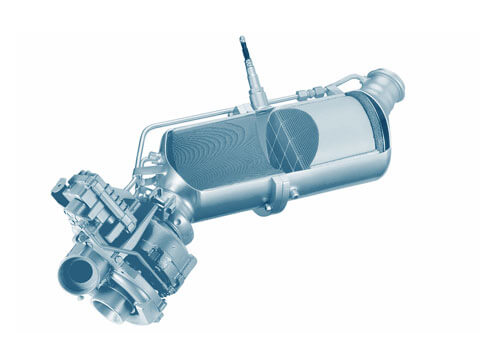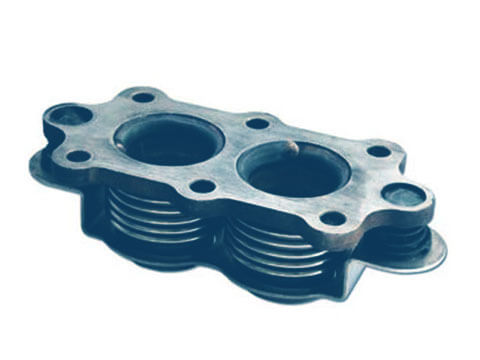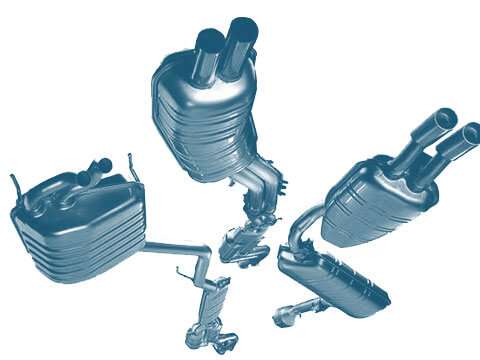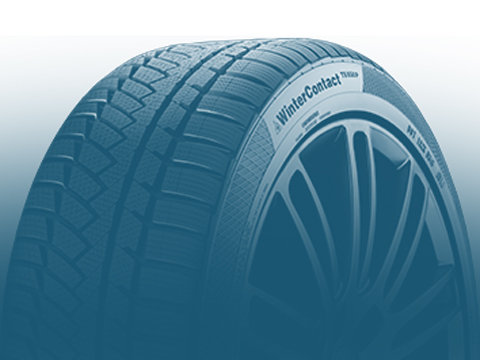Snow chains
Snow chains are driving aids that are fitted on vehicle tyres. They are used to provide additional traction on snow-covered roads.
Function
Snow chains are made of plastic or metal and form a net that is pulled over the tyre tread to provide additional grip in extreme conditions. Snow chains must be fitted on the drive axle on cars. On all-wheel drive vehicles, the chains must be fitted on at least two wheels on a drive axle.
When purchasing it is important to make sure that the snow chain size matches the dimensions of the winter tyres. When fitting, snow chain users should always follow the instructions supplied. Before fitting the chains, drivers should check whether there is sufficient space in the wheel arches. In addition, snow chains should never be too slack. This can cause parts of the snow chains to strike the vehicle and, in the worst case, cause damage to brake lines, ABS sensors or the wheel suspension. However, the snow chains must not be too tight either, as they could then tear and damage the vehicle.
Safety
In very severe winter conditions and on snow-covered road surfaces, snow chains can provide additional safety. They can temporarily increase traction and ensure that vehicles can be driven.
Snow chains are not an alternative to winter tyres, they are designed to supplement them. The use of snow chains should be limited to extreme conditions only.
The road sign 268 showing a tyre with snow chains on a blue background means snow chains are mandatory from that point onwards. Anyone driving on snow-covered roads without snow chains risks a 20 Euro fine.
On vehicles with ESP or TCS, snow chains may not achieve their full effectiveness. Therefore, it may be useful to deactivate the corresponding assistance systems on the vehicle.
Value retention
After use, snow chains should be cleaned using hot water and, if necessary, a suitable cleaning agent. Aggressive cleaning agents should not be used on plastic snow chains. Metal snow chains in particular should be completely dried. Worn chains should no longer be used.




